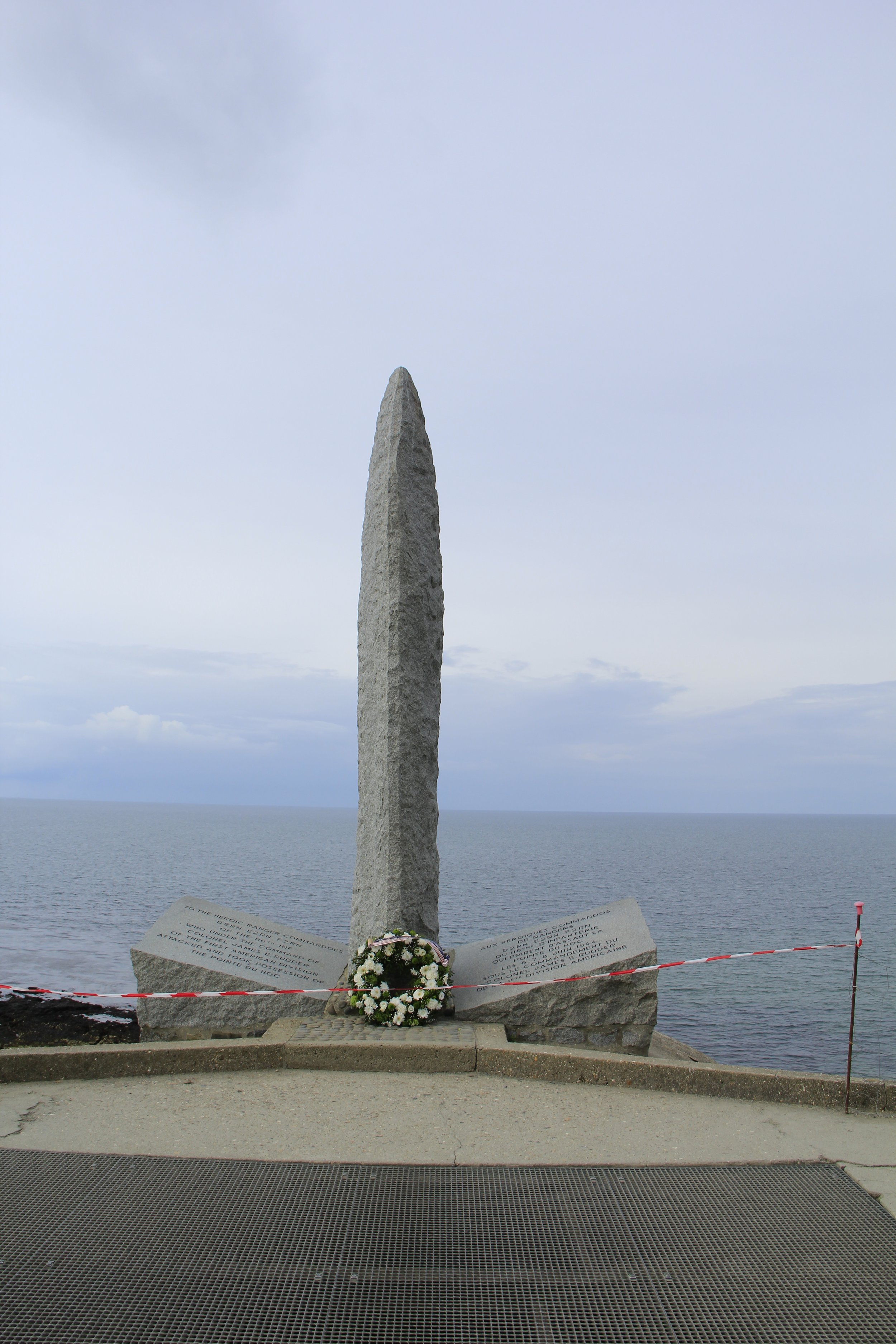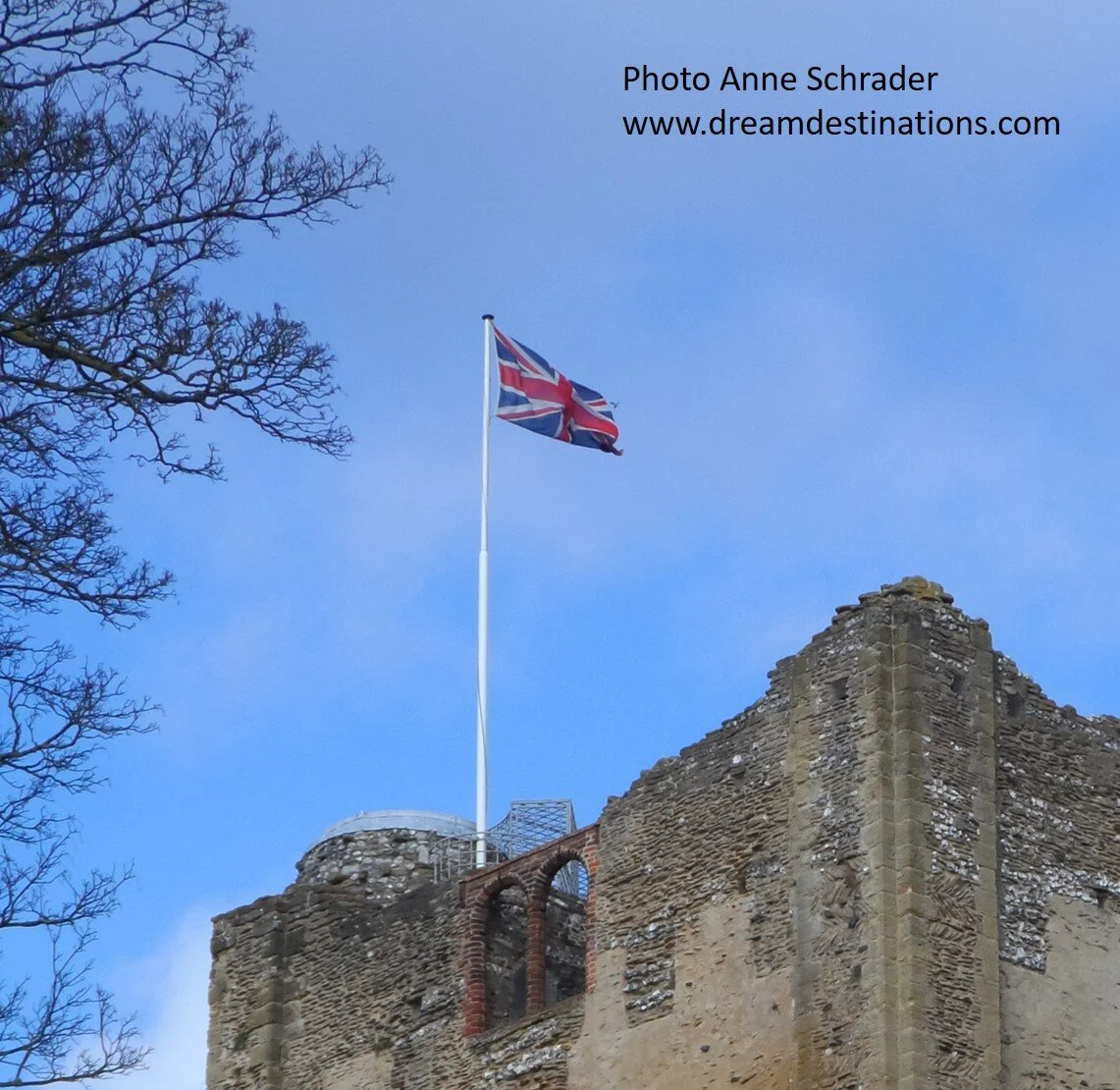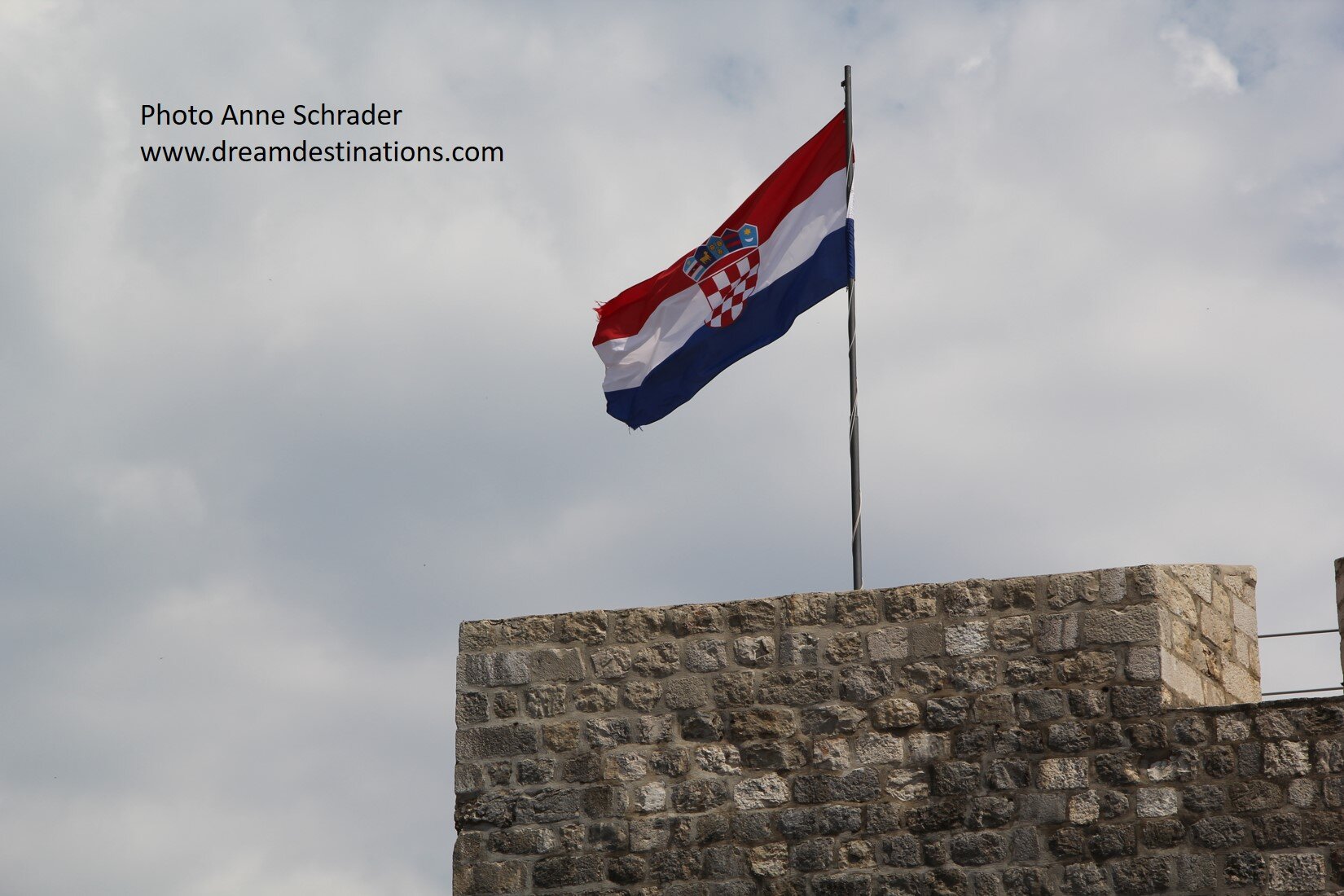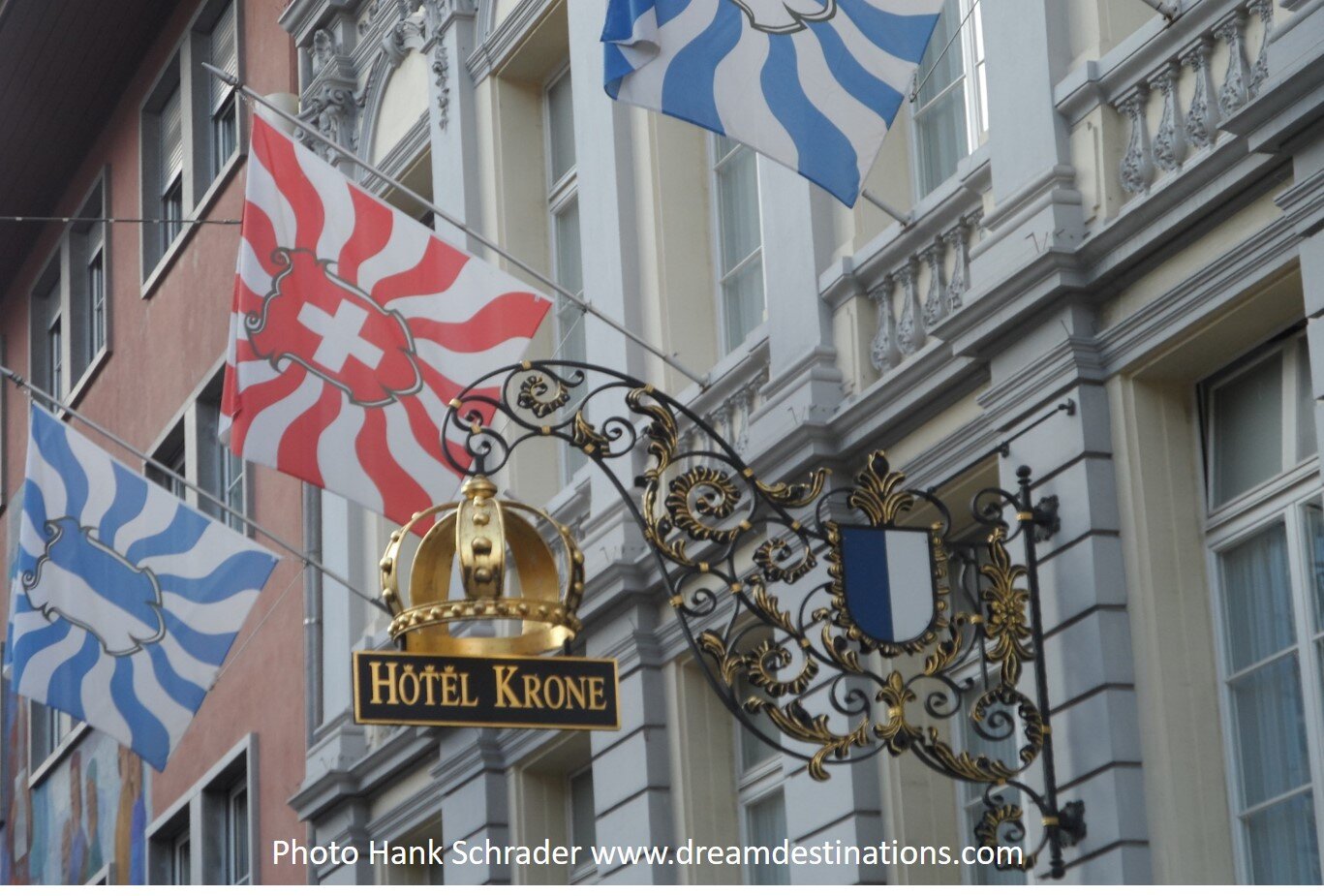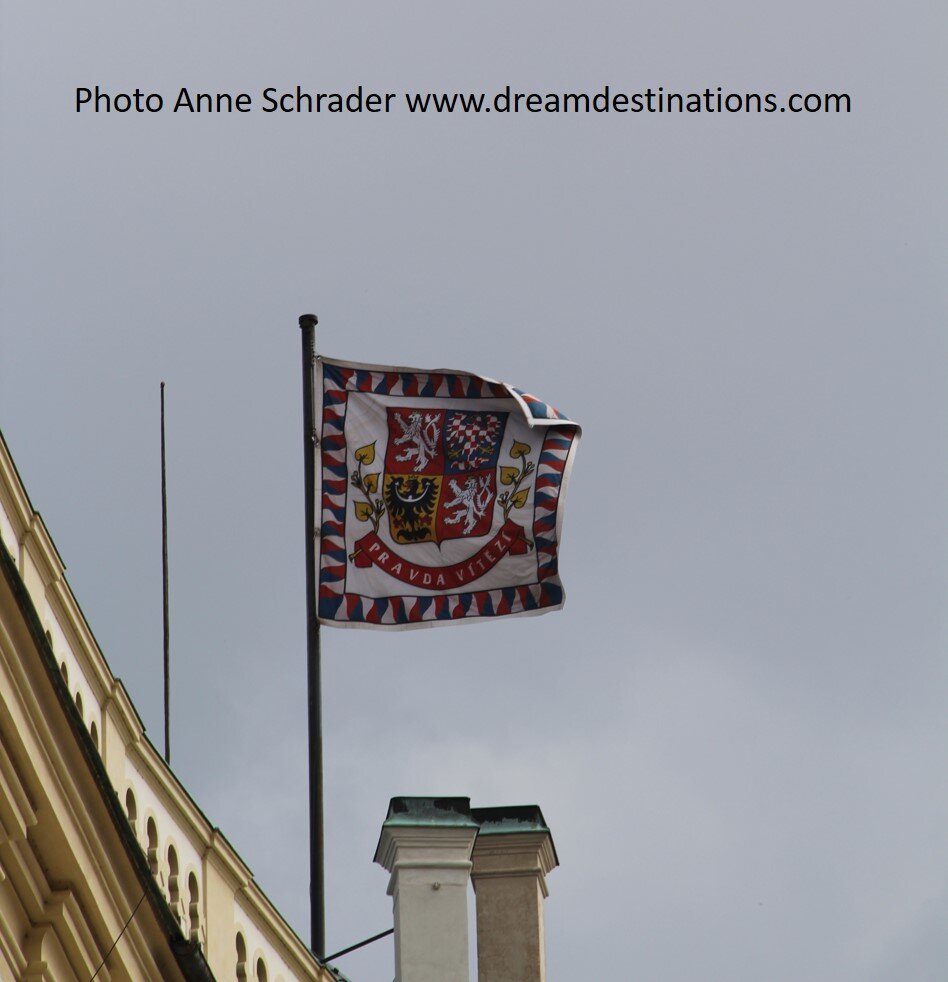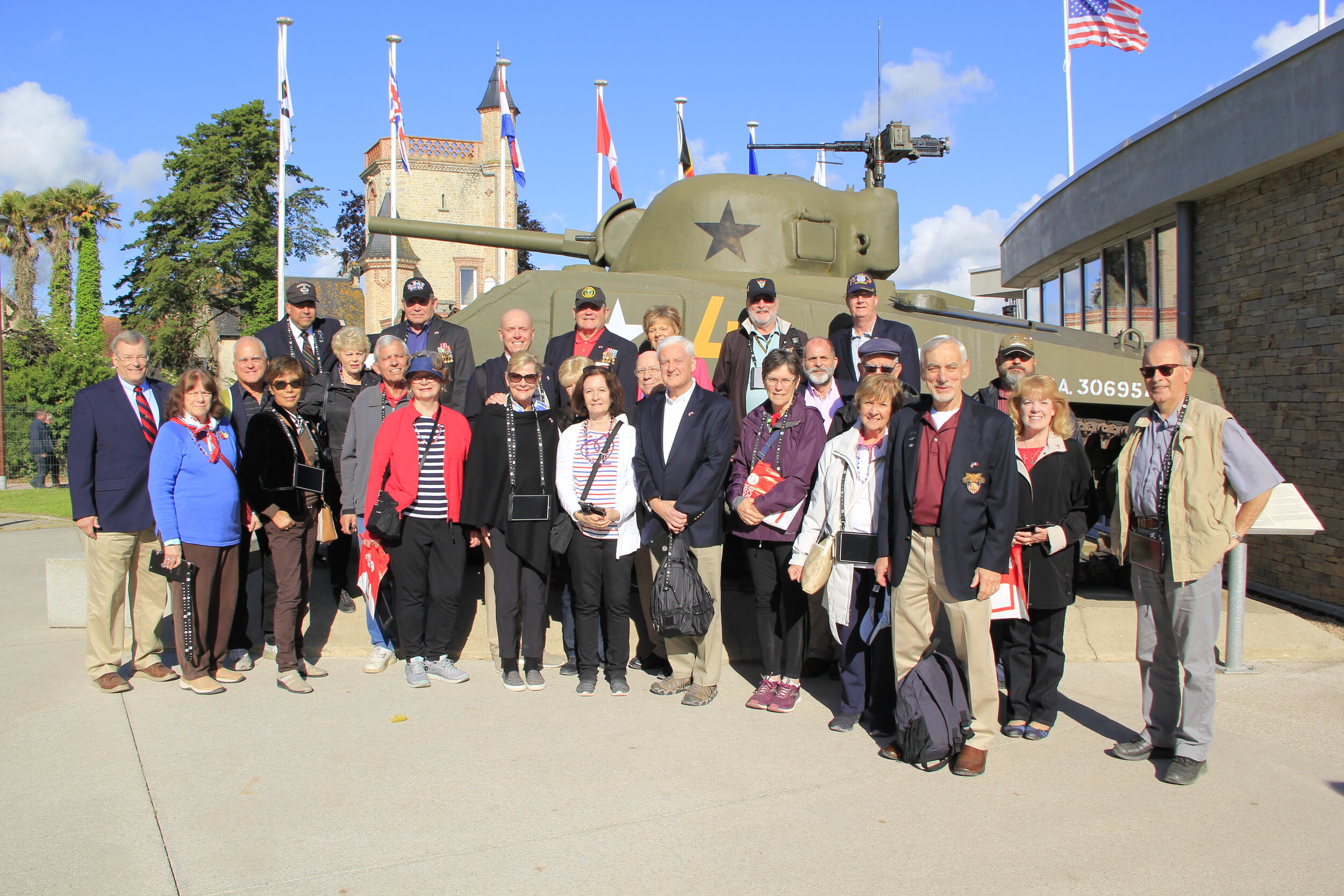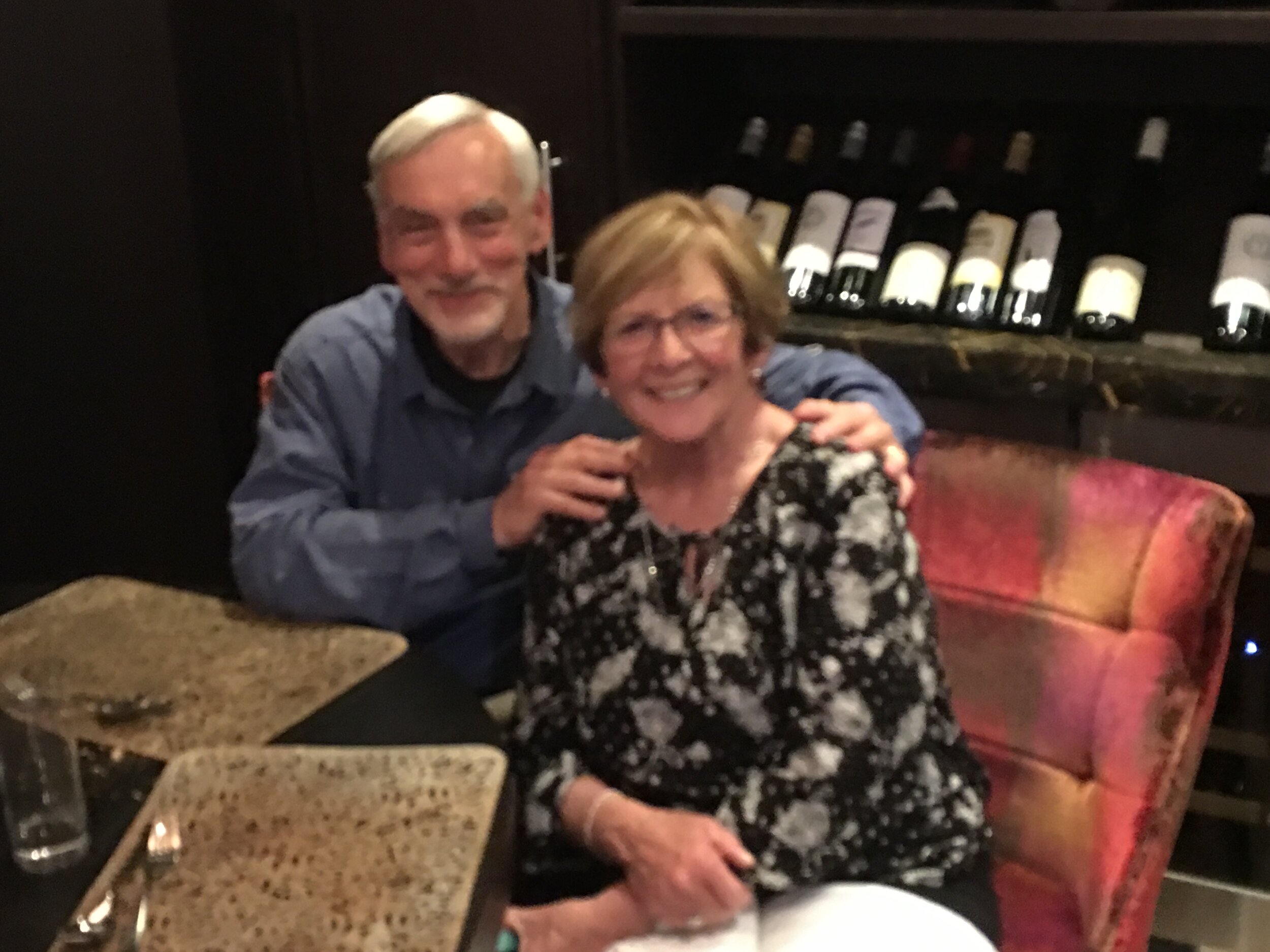Veteran’s Day 2024
Hank Schrader, USMA '71, Europe Destination & Europe River Cruise Expert
Anne Schrader, Certified Travel Counselor & Certified Luxury Cruise Specialist
I know I’m late on this, but it still is important during Veteran’s week. Every morning, I don my Army Baseball cap and walk our golden retriever, Libby, on a half mile or so loop that runs directly in front of our house.
It is a slow walk, as Libby gets all the sniffs she wants. In a way, it is a great way to start my day before beginning to work on our travel business—the hat reminds me to uphold the principles I learned as a 20-year officer veteran in our everyday life and dealings with the folks we help or come in contact with during the course of each day.
My ‘71 Professionally Done baseball cap I wear every morning on my walk with Libby, I also wear it to Army Football Games and during our annual Scottish festival in Estes Park, Colorado
It is my subtle way of reinforcing what it means to be a veteran and how it changed my life. Along with making me a better person, with high standards, it has helped me be a better travel advisor.
The Military Experience
There are really no excuses in the military—our job is to defend our nation against all threats. The challenges are real—we always seem to be tired, miserable due to being too hot, too cold, too wet (you can add any adverse weather here), hungry and physically and mentally exhausted but somehow, we love it! A cool way to say this that always stuck with me was, “when you’re up to your neck with alligators, it’s hard to remember the mission is to drain the swamp!”
Most of us are mentally and physically tough and we bolster ourselves by mottos like “The only easy day was yesterday”; “Rangers lead the way”; “Light, Silent and Deadly—Masters of the Night” (the 7th Infantry Light Division Moto); “No Slack” (my company moto of B Company 4/20 Inf which I commanded in Panama) and we take pride in doing what others won’t or can’t do. There always seemed we could do something better and needed to strive to get the job done regardless of the circumstances.
A gift from my soldiers of B 4/20 Infantry after the change of command ceremony. It is part of the old Panama Rail Road Ties with a spike used to hold the rails in place. The men added my captain rank, airborne wings, ranger tab and Expert Infantry Man’s Badge as a reminder of our service together. It sits proudly on my dest now
Yes, veterans are different—the mission required us to work as a team regardless of where we came from, our race or creed—we were molded into the finest military in the world. We became better because of our training, our experiences, and the demands of our profession.
I think it is fair to say, most of us used our military training and experiences to make America a better country whether serving on active duty, the reserves or as civilians after our military service.
A Changing Military
I served from 1971 to 1991. I was commissioned a 2LT during the Vietnam War which was winding down by the time I finished my Infantry officer basic course, airborne school and ranger school. I reported to my first unit in February 1972 after my training was completed. We still had a draft but now have an all-volunteer army. By the time I left active duty, we were in the Gulf War. I retired as a Major in 1991.
Just to let you know, as a percentage of our population in 1971 when I was commissioned as a 2LT, that had military experience was a little over 13% of the total population. Over 75% of the members of congress were veterans in 1971.
Today, it is less than 1% of our US population. About only 13% of congressional members have military experience.
Some of this is due to a reduced size of the military, but the great lessons and experiences we were exposed to the military are sadly lost on our country’s leaders and population just due to the dwindling numbers who have military service in their work history today.
A Grim Reminder of the Cost of Our Wars (from WW I to Present)
While much is gained by being a member of our Armed Forces, the sacrifice and suffering to individual service members is very real when we get embroiled in wars.
From WW II until the present, either a family member or some of my 1971 classmates have served during every one of these conflicts. So not only are they a grim reminder, but they are also very personal to me. They will never be cold, hard statistics.
To learn more, I went out to the VA website and found out about the costs of the major conflicts from WW I until today. You might be stunned by the statistics—I was.
WORLD WAR I (1917 - 1918)
· Total Forces................................4,734,991
· Battle Deaths...............53,402
· Other Deaths in Service (Non-Theater).................63,114
· Wounded..............................204,002
WORLD WAR II (1941 - 1945)
· Total Forces.............16,112,56
Battle Deaths.........................291,55
Other Deaths in Service (Non-Theater)..........113,842
· Wounded..............................670,846
KOREAN WAR (1950 - 1953)
· Total Forces........5,720,000
· Battle Deaths.............33,739
· Other Deaths (in Theater)...............2,835
· Other Deaths in Service (Non-Theater)........17,672
· Wounded...............................103,284
VIETNAM WAR (1964 - 1975)
· Total Forces..................8,744,000
· Battle Deaths..............47,434
· Other Deaths (in Theater)....................10,786
· Other Deaths in Service (Non-Theater)......32,000
· Wounded.............................153,303
GULF WAR (1990 - 1991)
· Total Forces...........2,225,000
· Battle Deaths...................148
· Other Deaths (in Theater)............................235
· Other Deaths in Service (Non-Theater)......1,565
· Wounded.................467
Iraq War (2003 - 2011)
· Total Forces.........................192,000
· Killed ........................4,507
· Wounded......................... 32,242
Afghanistan War (2001 - 2021)
· Total Forces.......................800,000 +
· Killed .......l......................2,461
· Wounded..............................20,698
My Final Thoughts
Perhaps this will make you think a little about the men and women who defend our country. You should be proud of their dedication and sacrifice. I am!
Also, please recognize they allow us to “enjoy life, liberty and the pursuit of happiness” without fear of an invasion by our enemies.
There was a cost to secure these blessings. Sometimes it just takes cold hard numbers to help you realize how much our service members have to endure to defend our country.
Just remember, they all had families and to them they were not just numbers.
May we never forget what they did for us and our way of life.
Thank you to all Veterans—Thanks for defending our Country—We are proud and humbled by your service, dedication to our country and your sacrifice!
Henry Carl “Hank” Schrader, Jr
Maj (ret) Infantry
Hank In Panama, before the start of an officer training exercise.











































































